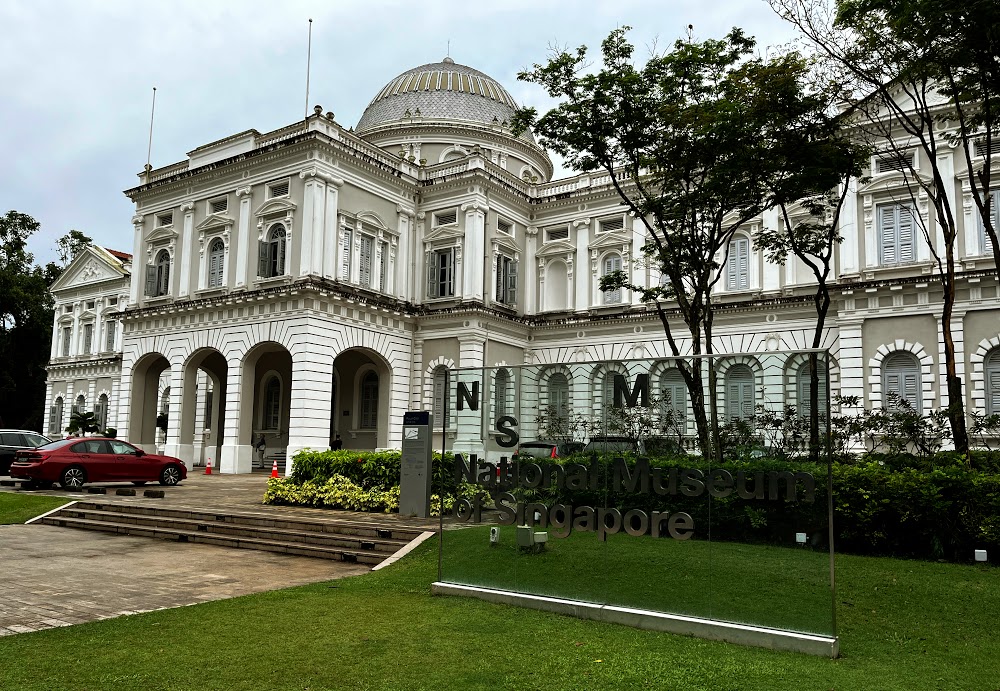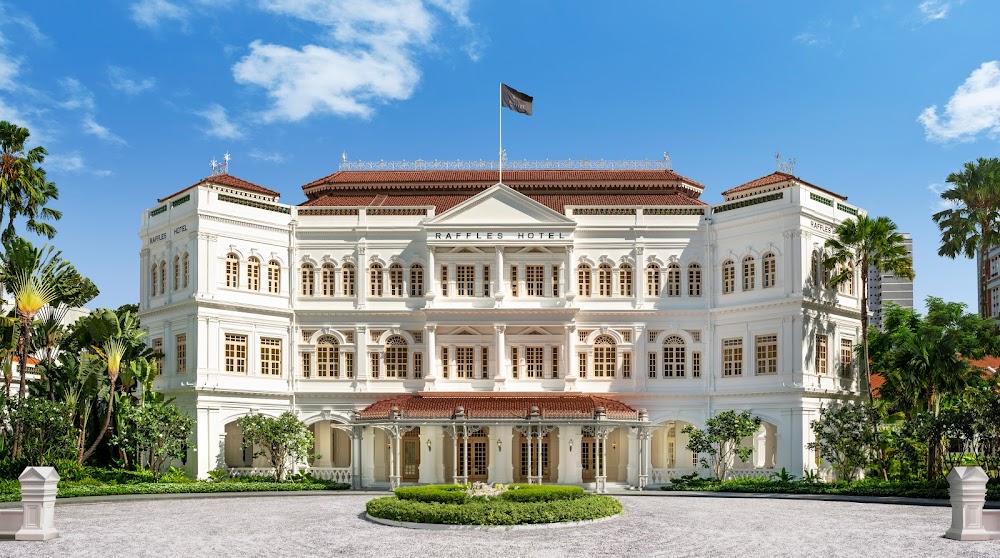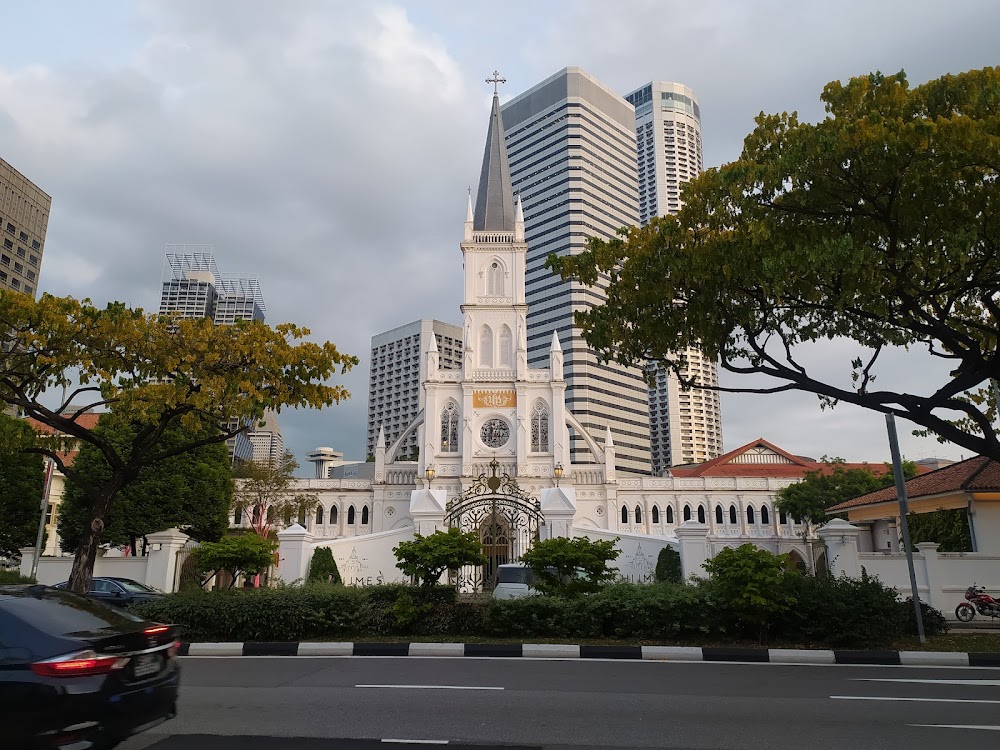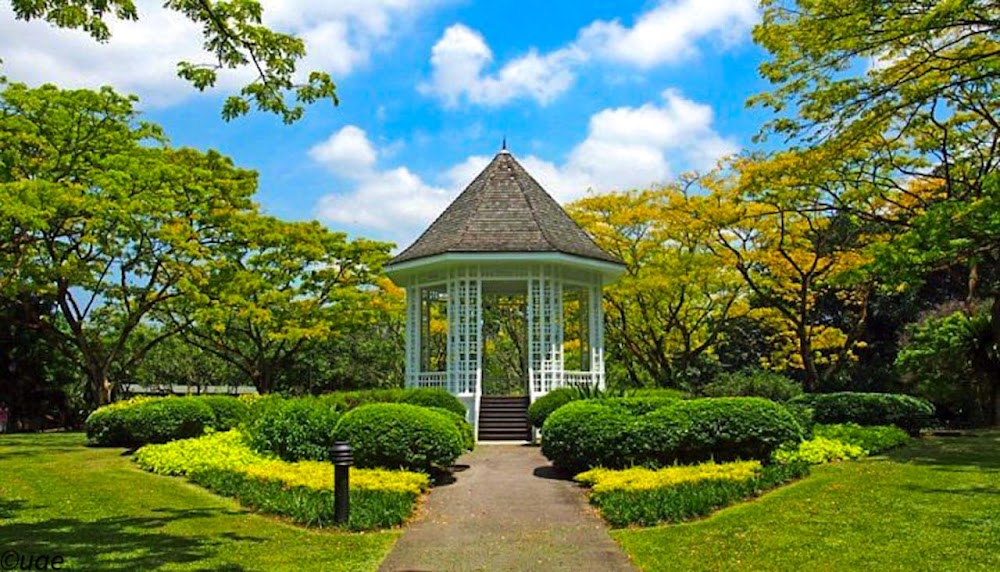National Museum of Singapore (新加坡国家博物院)
Overview
The National Museum of Singapore, situated in the heart of Central Singapore, proudly holds the title of the country's oldest museum. With its stunning architecture and rich historical significance, it stands as a must-visit cultural landmark. Established in 1887 as the Raffles Library and Museum by Sir Stamford Raffles—who is often credited with founding modern Singapore—the museum began its journey with a modest natural history collection gathered from the region.
The museum's architecture is an exquisite fusion of Neo-Palladian and Renaissance styles, captivating visitors from the moment they approach. Designed by colonial administrators and British architects, the building was envisioned as a symbol of Singapore’s burgeoning significance within the British Empire. Its intricate details, soaring ceilings, and sun-drenched rotundas create a magnificent visual experience that marries functionality with aesthetic beauty.
Construction commenced in the late 19th century, utilizing materials imported from Europe and neighboring regions. The building process was a remarkable achievement of its era, highlighting the meticulous assembly of ornate facades, intricate stone carvings, and robust roofing materials. This architectural marvel stands as a testament to both colonial engineering expertise and artistic vision.
Throughout its history, the museum has undergone several transformations. During World War II, it temporarily closed its doors, repurposed for various wartime functions. After the war, it was restored to its former grandeur, broadening its collection and outreach. By the 1960s, the museum shifted its focus from natural history to encompass a wider array of historical artifacts and exhibitions celebrating Singapore’s rich cultural narrative.
A significant renovation took place between 2003 and 2006, modernizing the museum while preserving its historic essence. This project aimed to enhance exhibition space and incorporate state-of-the-art facilities. A beautifully designed glass rotunda and a contemporary extension were seamlessly integrated, ensuring that the renovation respected the original architectural integrity while embracing modern standards.
Today, the National Museum of Singapore showcases a diverse array of exhibitions that chronicle Singapore's history from its ancient roots to the contemporary era. Visitors can immerse themselves in interactive displays, multimedia presentations, and a wealth of historical artifacts. Noteworthy permanent galleries include the Singapore History Gallery and the Singapore Living Galleries, each thoughtfully curated to illuminate various facets of Singaporean life and heritage.
Visitors embark on an enriching journey through time, exploring exhibits that range from ancient artifacts to modern art pieces. The museum's role as an educational and cultural hub is evident not only in its exhibitions but also in the myriad of events, lectures, and workshops it hosts. These initiatives aim to engage the community and foster a deeper appreciation for Singapore’s diverse and vibrant history.
The museum places a strong emphasis on engaging younger audiences, offering special programs and interactive exhibits tailored to captivate children and young adults. Educational outreach is a cornerstone of its mission, underscoring the importance of preserving and understanding one’s cultural heritage.
In conclusion, the National Museum of Singapore stands as a monumental testament to the city-state’s historical journey. From its origins as the Raffles Library and Museum to its current status as a modern educational and cultural institution, it has continuously adapted to meet the evolving needs of its community. Its unique blend of historical and contemporary elements transforms it into more than just a museum; it serves as a living chronicle of Singapore’s past, present, and future.






